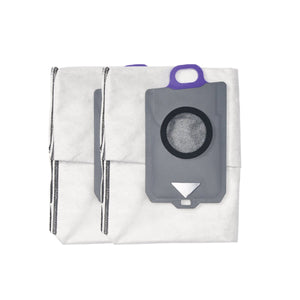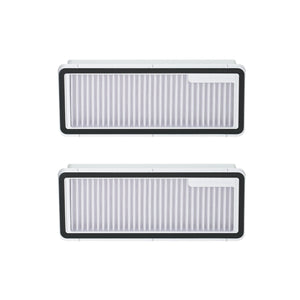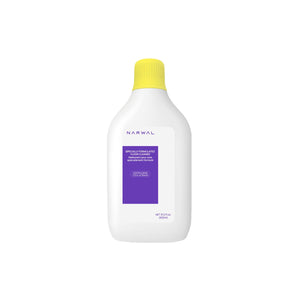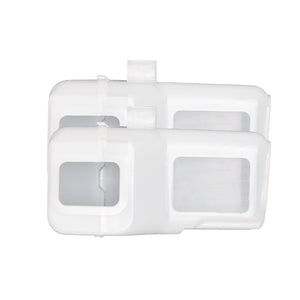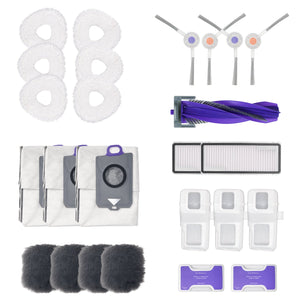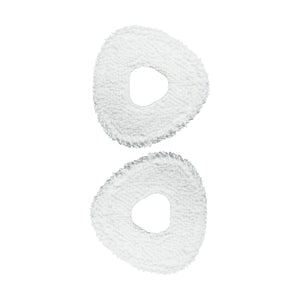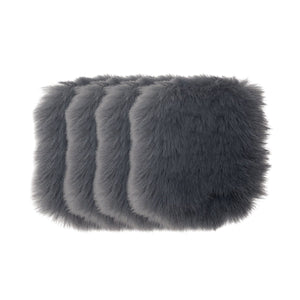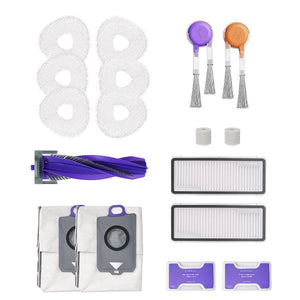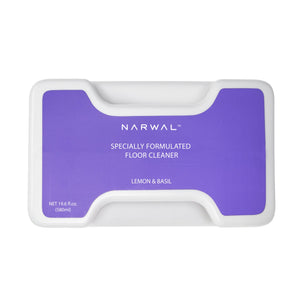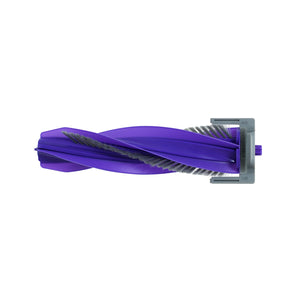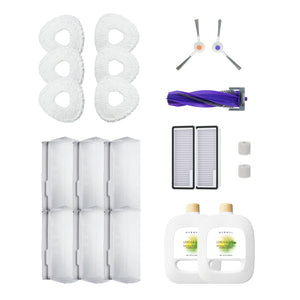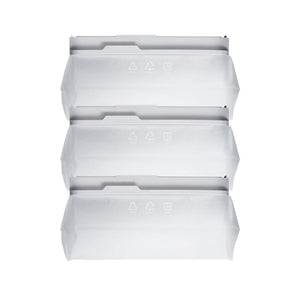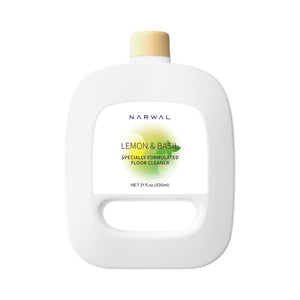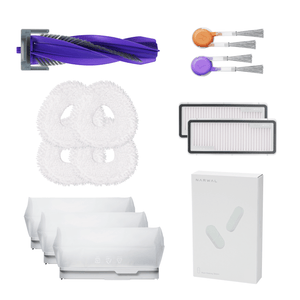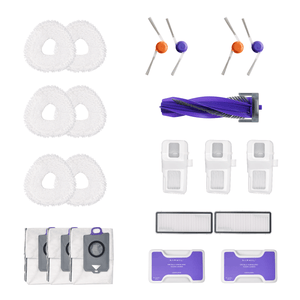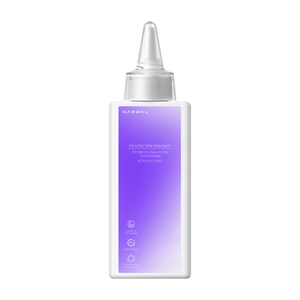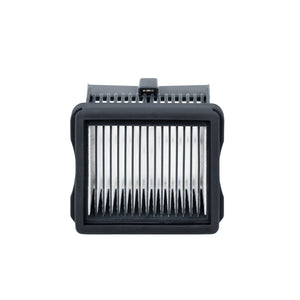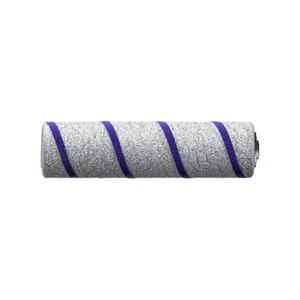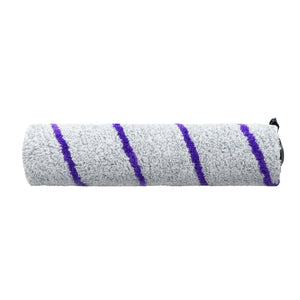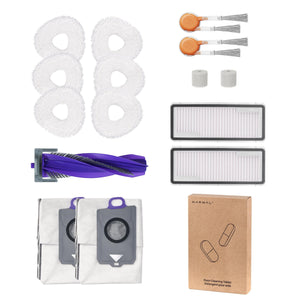Ever wondered how your robot knows where it’s been and where it’s going? Robot vacuums have become one of the most revolutionary smart home cleaning devices, quietly gliding across floors and avoiding obstacles with ease. But their secret lies in a powerful technology called robot vacuum mapping.
Using a combination of advanced sensors, mapping algorithms, and artificial intelligence, these devices create a digital map of your home in real time. This map helps them recognize walls, furniture, and other objects — allowing for a systematic, efficient, and thorough cleaning instead of random movements.
Unlike traditional vacuums that rely on preset patterns or guesswork, robot vacuums with mapping capabilities plan and remember where to clean, ensuring that no spot is missed and your home stays spotless with minimal effort.
What is Robot Vacuum Mapping?
Robot vacuum mapping is the process where a robot vacuum scans your home during its first cleaning run to create a digital map.This map acts like a blueprint of your space, helping the robot recognize walls, furniture, and obstacles.With this map, the robot can clean in an organized pattern instead of moving randomly. It knows which areas it has already cleaned and which spots still need attention.
This makes cleaning faster, more efficient, and more accurate, reducing repetition and saving both time and energy.Think of it like this: the robot is learning the layout of your home so it can clean smarter, not harder. Among the many robot vacuum features, mapping stands out as one that truly defines how intelligent and efficient a cleaner can be.

How Robot Vacuum Mapping Works
Robot vacuum mapping works by using sensors, data processing, and smart algorithms to understand your home. Instead of moving randomly, the robot scans the room, finds walls and furniture, and then creates a digital map. This map helps it plan the best path to clean every corner. The better its sensors, the smarter and more accurate the map becomes, even when the lights are off or the layout changes.
Real Example: Narwal’s LiDAR + Camera Mapping System
Let’s look at how the Narwal Freo Z10 Ultra does it. This robot uses a hybrid mapping system that combines LiDAR laser scanning with camera vision.
The LiDAR 4.0 sensor spins around to measure distance in every direction, building a detailed map of your rooms. At the same time, dual 136° cameras help the robot see and recognize objects — so it knows not just where something is, but also what it is.
Together, these sensors let the robot plan efficient routes, avoid over 200 types of obstacles, and update its map instantly if you move furniture or leave new items on the floor. Because it doesn’t rely on room lighting, the Freo Z10 Ultra can clean accurately even in dark areas.
This combination of LiDAR and camera vision shows how mapping helps a robot vacuum clean smarter, faster, and more safely, no matter what your home looks like.
[cta:narwal-freo-z10-ultra-robot-vacuum-mop]
Now that we understand how mapping works, let’s look at the main technologies behind it — and see how they compare.
Mapping Technologies Explained (LIDAR vs Visual vs Hybrid)
Different robot vacuums use different mapping technologies to understand your home.
Here’s how each system works and what makes them unique.
|
Technology |
How It Works |
Strengths |
Limitations |
Best For |
|
LIDAR (Light Detection and Ranging) |
Uses spinning lasers to measure distance and create a precise 2D/3D map. |
High accuracy, works in dark rooms, fast mapping speed. |
Struggles with transparent or reflective surfaces. |
Homes with complex layouts or low lighting. |
|
Camera-Based (Visual SLAM) |
Uses built-in cameras to capture images and identify landmarks to build a map. |
Recognizes objects visually, detailed mapping of visible features. |
Needs good lighting; may lose accuracy in dark areas. |
Homes with steady lighting and visible furniture. |
|
Gyroscope / Accelerometer |
Tracks movement and direction to estimate position. |
Simple, affordable, and suitable for small spaces. |
Low precision, no object detection or real-time updates. |
Basic entry-level robot vacuums. |
|
Hybrid Mapping (LIDAR + Camera + Sensors) |
Combines laser scanning, vision, and motion sensors for adaptive navigation. |
Best overall precision, real-time updates, obstacle recognition. |
Higher cost and more complex hardware. |
Premium models like Narwal Freo Z10 Ultra. |
LIDAR gives precision, Visual SLAM offers recognition, and Hybrid mapping combines the best of both. LIDAR vs Camera robot vacuums each has unique strengths — LIDAR gives precision, Visual SLAM offers recognition, and Hybrid mapping combines the best of both.Choosing the right technology depends on your home’s size, lighting, and cleaning needs.
If you’re looking for a balance of accuracy, obstacle detection, and real-time adaptability, hybrid systems — like Narwal’s Freo Z10 Ultra — deliver the best of both worlds.

Mapping Challenges and Practical Solutions
Even advanced robot vacuums face mapping challenges in real homes. Let’s look at a few common problems and how advanced mapping systems — like those in Narwal’s Freo Z10 Ultra — handle them.
|
Challenge |
Impact |
How It’s Solved |
|
Low Light or Dark Rooms |
Camera mapping loses accuracy without light. |
LiDAR sensors map precisely even in darkness, using laser distance detection. |
|
Reflective or Transparent Surfaces |
Glass or shiny floors confuse sensors. |
Hybrid systems combine laser and visual data to reduce reflection errors. |
|
Dynamic Environments |
Pets or people moving can disrupt mapping. |
AI updates maps in real time, adapting routes instantly. |
|
Privacy Concerns |
Some users worry about cameras recording their homes. |
Data is processed locally; no cloud uploads, protecting user privacy. |
|
Mapping Large Spaces |
Battery may drain before mapping completes. |
Robots auto-recharge and resume, continuing exactly where they left off. |
Can robot vacuums map multiple floors?
Yes. Modern systems like the Freo Z10 Ultra can store several maps and automatically recognize each floor when moved.
Do I need to keep the lights on for mapping?
No. LiDAR-based systems don’t rely on light and can map accurately even at night.
Will pets or children affect mapping accuracy?
Not really. The robot’s sensors identify moving objects and adjust its route in real time to avoid disruption.
In short: Even with challenges like lighting, obstacles, or privacy, hybrid LiDAR + camera mapping systems continue to improve.
By combining precision sensors, AI, and privacy-first data handling, today’s robots can map your home safely and accurately — so you spend less time worrying and more time enjoying a clean space.
How to Set Up Mapping with Narwal Freo Z Ultra
The Narwal Freo Z Ultra uses LiDAR and camera mapping to build a detailed map of your home.
Follow these quick steps to set it up correctly before your first cleaning run.
[cta:narwal-freo-z-ultra-robot-vacuum-mop]
Prepare Your Home
-
Clear the floor: Pick up small objects like toys, cables, and shoes.
-
Open doors to rooms you want mapped; close areas you don’t.
-
Arrange furniture to create open paths.
-
Ensure good lighting for the first mapping (LiDAR works in darkness, but cameras see better with light).
Position the Base Station
-
Place it in an open space with at least 1 meter of clearance on each side.
-
Avoid tight corners or direct sunlight.
-
Plug it in and make sure the extension ramp is attached securely.
Start Mapping
-
Option 1: Press the Start/Stop button on the base station.
-
Option 2: Open the Narwal App → select your robot → tap “Start Mapping.”
Let the robot explore — don’t move it or the base station during this process.
Save and Edit Your Map
-
The map saves automatically in the app when mapping is done.
-
In the app, you can:
-
Label rooms for easier control.
-
Set no-go zones (e.g., under desks or near pet bowls).
-
Add virtual walls for restricted areas.
-
Enable multi-floor mapping if your home has multiple levels.
Use and Maintain the Map
-
Once mapping is complete, the robot will follow organized cleaning routes.
-
Zone clean by selecting specific rooms in the app.
-
Keep sensors clean for accurate navigation.
-
If you move furniture, simply remap or update the layout.
Want to see how it’s done? Watch the setup video in the Narwal App or visit Narwal setup for a quick visual guide.
Final Takeaway
Many users wonder if mapping is worth it — the answer is yes. Once you experience how precisely a mapped robot vacuum navigates and cleans, it’s hard to go back to random cleaning patterns.
Robot vacuum mapping has changed the way we clean — making every run more precise, efficient, and effortless. As technology continues to evolve, these systems will only become smarter, faster, and more adaptive to our homes and lifestyles. If you’re exploring the next step in smart home cleaning, consider how mapping technology fits your needs — it’s the key to true hands-free cleaning. You can also learn more about robot vacuum navigation systems to understand how mapping works with movement and route planning. Ready to experience smarter mapping? Discover the Narwal Freo series today.





















